Flying in a small aircraft or even going down the runway is especially valuable for a first-time, front-seat passenger. In this case, they can look down the runway while the airplane is accelerating (or, if it’s landing, while the airplane is approaching the runway). That view is fantastic, and it is not available for passengers in large airliners, this will surprise first-time passengers.
One of the most interesting things that new passengers may see out of the front window when an airplane is taking off or landing is a little four-footed thing parked on the runway or skittering across the runway. Rabbits, foxes, squirrels, and maybe even dogs and cats sometimes make their way onto airport properties or even take up residence there. Apparently, the runways look like a fun place to take a walk or a run, because it’s not all that unusual to see a little animal crossing.
Most of the time, these animals have had lots of experiences crossing in front of taking off or landing airplanes, and they learn to get out of the way. So, one almost never sees roadkill on the runway. These animals just protect themselves.
Angle Of Bank
In a typical flight in an airliner, the amount of bank (the tilt of one wing low in one wing high while turning) is extremely limited to something called “standard rate.” Although there is a technical definition for standard rate, it basically means that turns are very gentle.
In a small plane, many of the turns pilots make when they fly under visual flight rules (VFR) are much steeper than standard rate. Usually, the wings will not be tilted more than 30°, but even in a small airplane, 20° bank will feel unusually steep to a new passenger. So 30° bank would be extra interesting. This will be a surprise first-time passengers and even be fun for some.
The steeper a bank, the greater the feeling of gravity for the airplane’s occupants because of the way the pilot must handle the turn. If a pilot just tilted the wings and did not make other corrections in the vertical dimension, the airplane would begin to head downward during that turn. One learns all about handling these phenomena during pilot training, of course. But the enhanced gravity along with the perceived unusually large tilt of the wings does tend to be an eye-opener for first-time small-airplane passengers.
Amount of Control the Pilot Has over The Airplane
Pilots in any size airplane, from the tiniest one-seater to a giant machine that can hold several hundred people, have an extremely high level of control over the airplane on the ground and, of course, in the air. However, in airliners, pilots are working very hard to be extra-smooth. They will make tiny changes, if possible, so they don’t surprise first-time passengers too much. Ideally, the passengers wouldn’t even realize that they were flying other than during the takeoff and landing.
In a smaller airplane, there tends to be more maneuvering for several reasons. One of them is that a smaller airplane is more susceptible to changes in the wind. So if a pilot is being blown to the left, he or she will take actions using the aeronautical controls to move back to the right to stay on course. These actions in small planes are more magnified than they would be in a large airliner subject to the same wind changes. It’s all a matter of small mass versus large mass that the wind may move.
If you are a passenger in a small airplane, you would be able to see the pilot using the hand and foot controls to move the airplane in space. It’s a fascinating study to watch how a slight movement by the hand or the foot will move the airplane one way or another. This amount of control is perhaps even greater then that of a driver moving a car down the road. The main difference here, however, is that the pilot is handling the airplane in three directions. Also, the quote road” is the air, and its motion is not predictable. All in all, it is a valuable study to watch a pilot handle an airplane in an air mass. It can surprise first-time flyers greatly to see this difference compared to large planes.
No Parachutes
For some reason, new passengers almost always assume that each seat will have a parachute available for the passenger, and of course for the pilot and perhaps first officer. That concept seems to makes sense because that is the kind of thing you see in movies. However, about the only time you will ever find parachutes supplied for pilot and passengers would be in an aerobatic airplane. These machines do extreme things like loops and Immelmanns and other magnificent-looking but quite extreme stuff.
Two major things here: Bailing out of an airplane using a parachute requires considerable training to survive the bail-out, and airplanes are so safe that in almost every case, if there is a problem, the pilot can simply land the airplane. If he or she needs to land on a road or in a field, so be it. There is almost never time to actually perform a bail-out even with a parachute.
The one exception is certain airplanes, pioneered by the Cirrus company, that have parachutes for the airplanes. These are not for passengers to wear to jump out of an airplane. The Cirrus-type systems use a small rocket to shoot a very large, strong parachute up into the air that then allows the airplane itself, as a unit, to settle to the earth. This can surprise first-time passengers as well as normal flyers.
Vibration
Most small airplanes have a relatively large engine in the front, and that engine vibrates just as much as a similarly-sized a car engine. But in a car, much of that vibration can be damped by the four rubber wheels on the ground, so the people in the passenger compartment don’t get vibrated very much. In an airplane that is airborne, there is no such damping. That means that the airplane as a whole tends to vibrate more than a car when the engine is running.
That surprises a lot of first-time passengers. Fortunately, especially if the pilot has taken the time to tell the passengers that it’s going to happen, one gets used to the vibration in just a few seconds and it’s no longer can surprise first-time passengers.
The Views Can surprise First-time Passengers
Taking off in an urban area with a small airplane allows passengers to be much closer to the earth for a longer period of time then one experiences in a large airliner. One of the most common comments made by these passengers is how many people have swimming pools in their back yards. The point of view of a driver going down a small residential street usually does not include this information, but flying over these houses are just a few hundred or very few thousand feet makes it quite evident and can surprise first-time passengers! The bright blue blobs and all those backyards stick out like aquatic thumbs!
Other things passengers see and often comment upon include home gardens, people having parties (tons of cars in the backyards, driveways, and front yards), unusual equipment in the backyards, and much more. Flying certainly gives one an interesting perspective.
The Airplane’s Unusual Orientation while Landing
Airplanes like to land facing into the wind. If that wind is blowing straight down the runway, then the longitudinal axis of the airplane (the way the fuselage is oriented, nose-to-tail) will be aligned with the runway and everything will look normal and typical to a new passenger. But if the wind is blowing from an angle, say from the 2 o’clock position rather than the 12 o’clock position, many landing methods require the pilot to point the nose of the airplane to the right, toward that wind. Imagine wind blowing from the 2 o’clock position with the nose pointed that way, but the airplane itself is moving in a line straight down the runway. It kind of looks like the airplane is not going to land on that runway since it is pointed away, but this is a very normal “crosswind” technique. If the pilot has taken the time to explain that this might happen ahead of time, the passenger is usually a lot calmer about seeing it.
The Front-Seat Passengers’ Special Privileges
Earlier, we talked about how special it is to be able to see out the front window while an airplane is taking off or landing. Did you know that pilots have the prerogative to allow front-seat passengers to fly the airplane which will be surprise first-time even more? This is not always done, but when it is, that front seat passenger has a once-in-a-lifetime experience. A pilot who is going to provide this experience will usually tell the passenger about it, ask if he or she is interested, and then let it occur. There is always an agreement, however, that the pilot can take over the controls at any moment. Of course, if the pilot takes over, the passenger must let go right away.
Conclusion
There is an even better experience than having a pilot allow you to fly for a little while. If you become a pilot yourself, which is something you can do that the California Aeronautical University, you can be in control all the time!
Ready to soar in your aviation career?
Mr. Matthew A. Johnston has over 23 years of experience serving various roles in education and is currently serving as the President of California Aeronautical University. He maintains memberships and is a supporting participant with several aviation promoting and advocacy associations including University Aviation Association (UAA), Regional Airline Association (RAA), AOPA, NBAA, and EAA with the Young Eagles program. He is proud of his collaboration with airlines, aviation businesses and individual aviation professionals who are working with him to develop California Aeronautical University as a leader in educating aviation professionals.
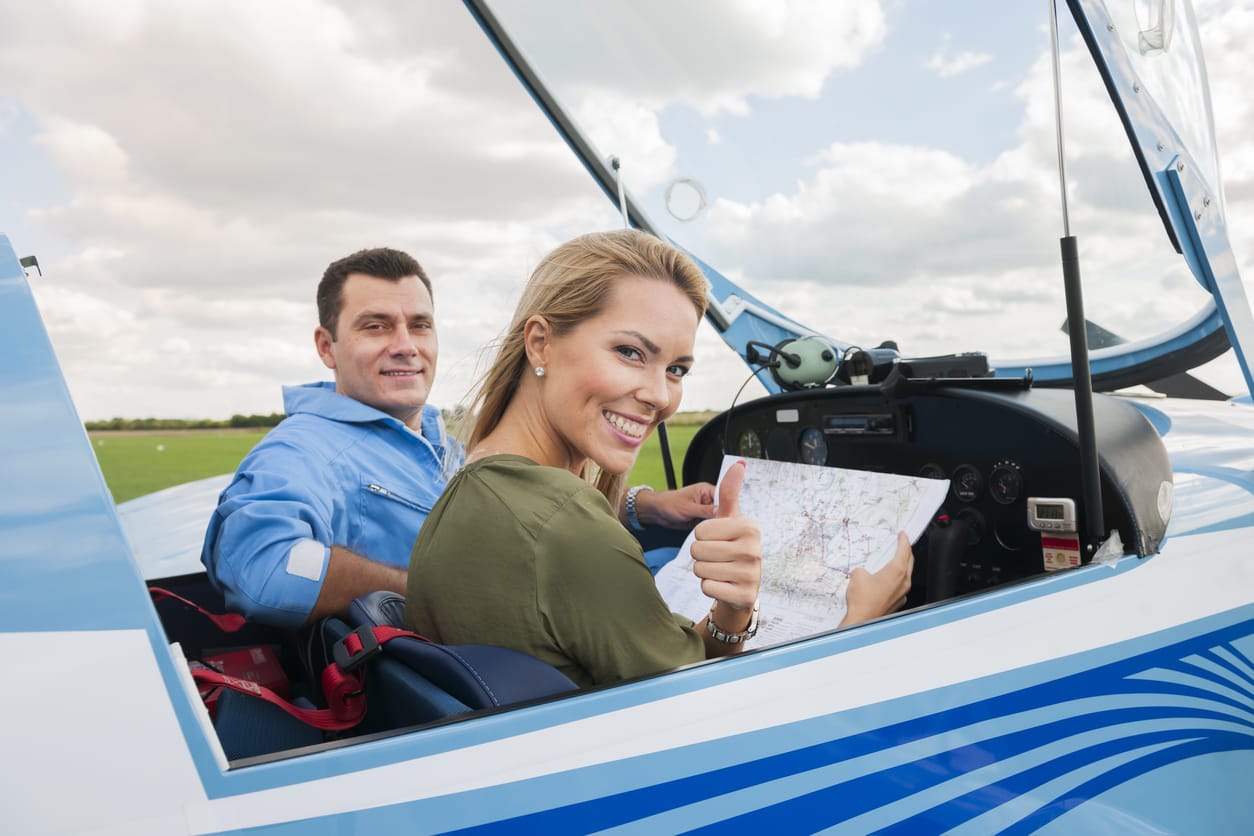
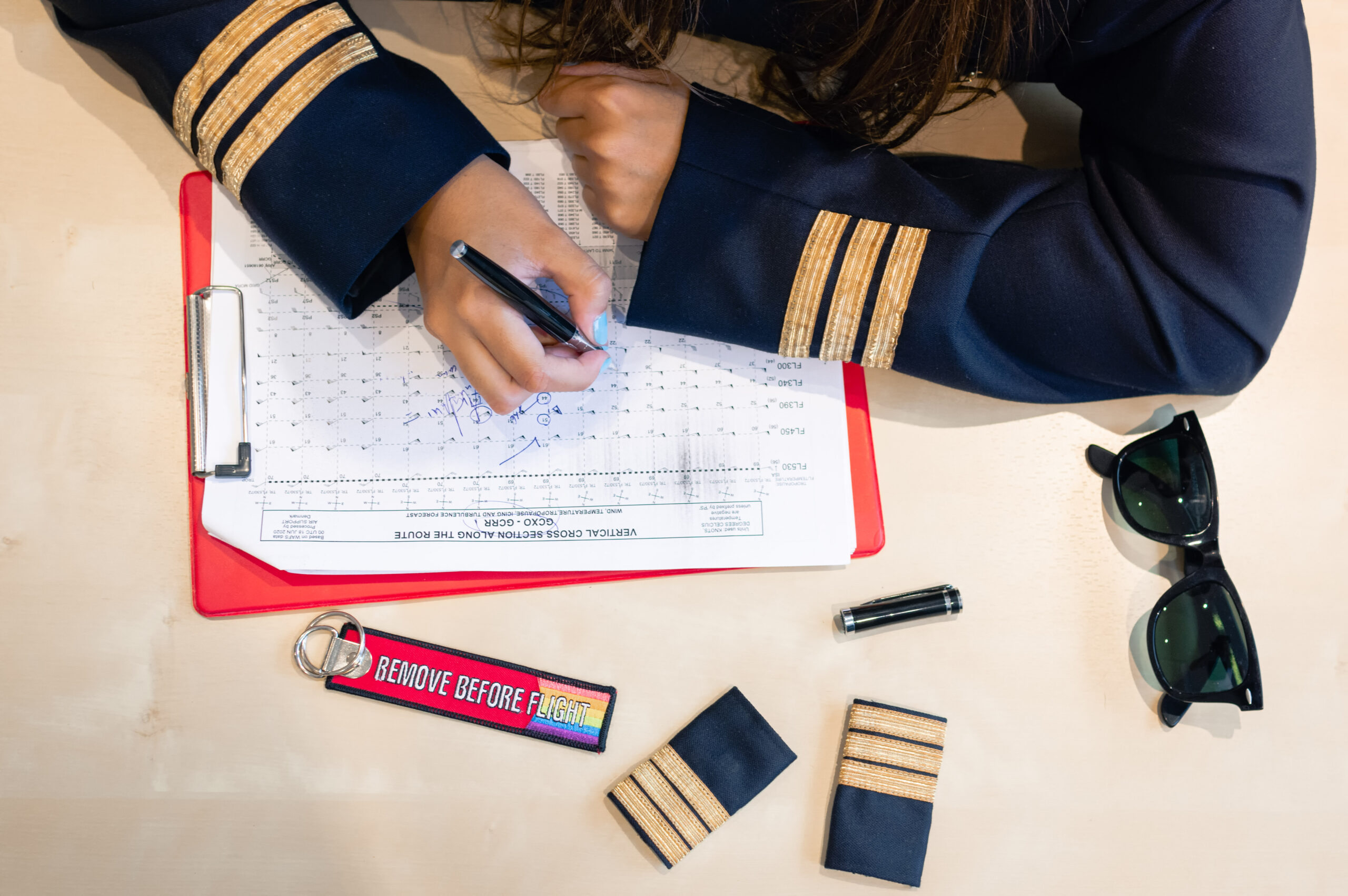
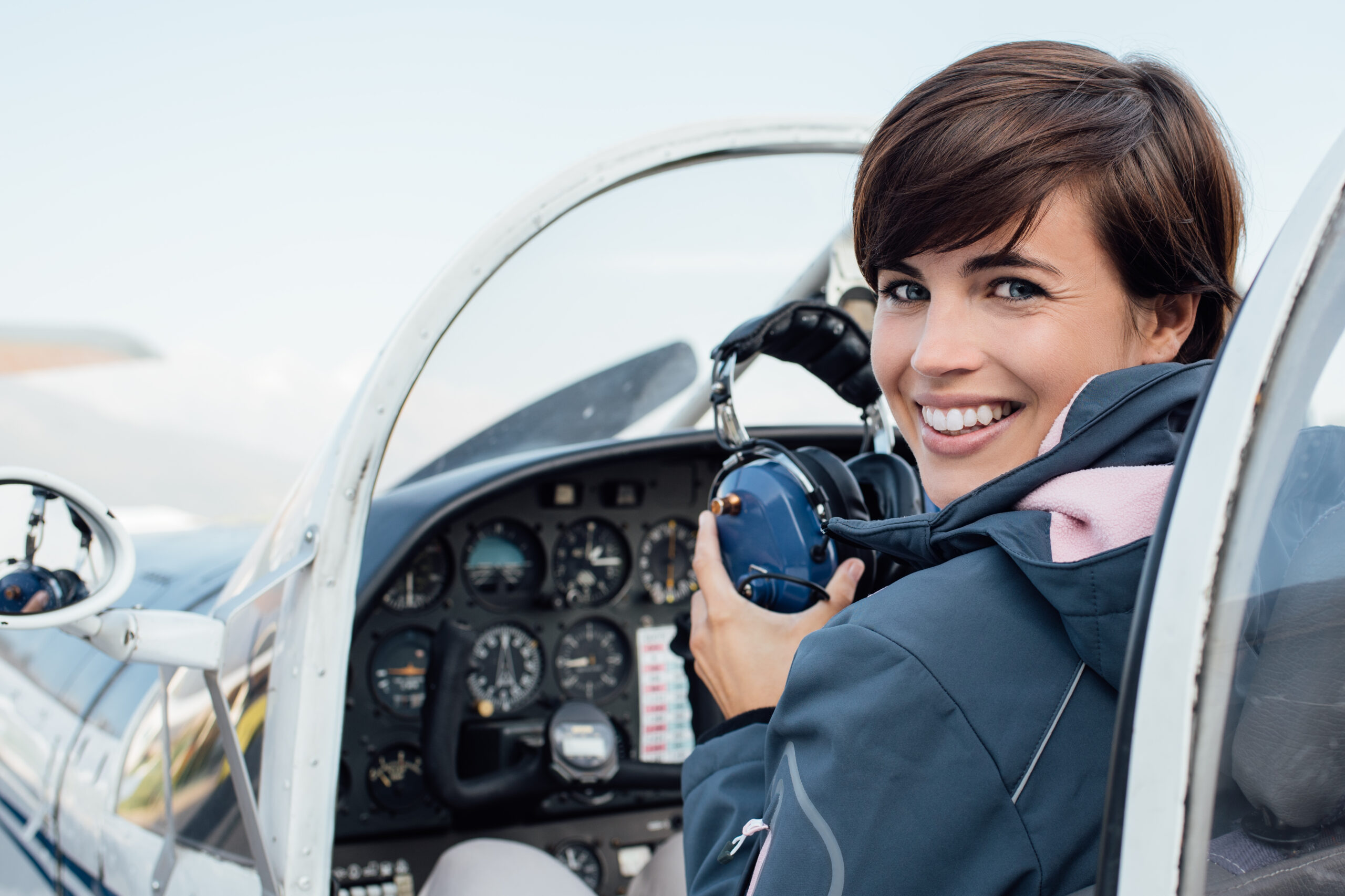
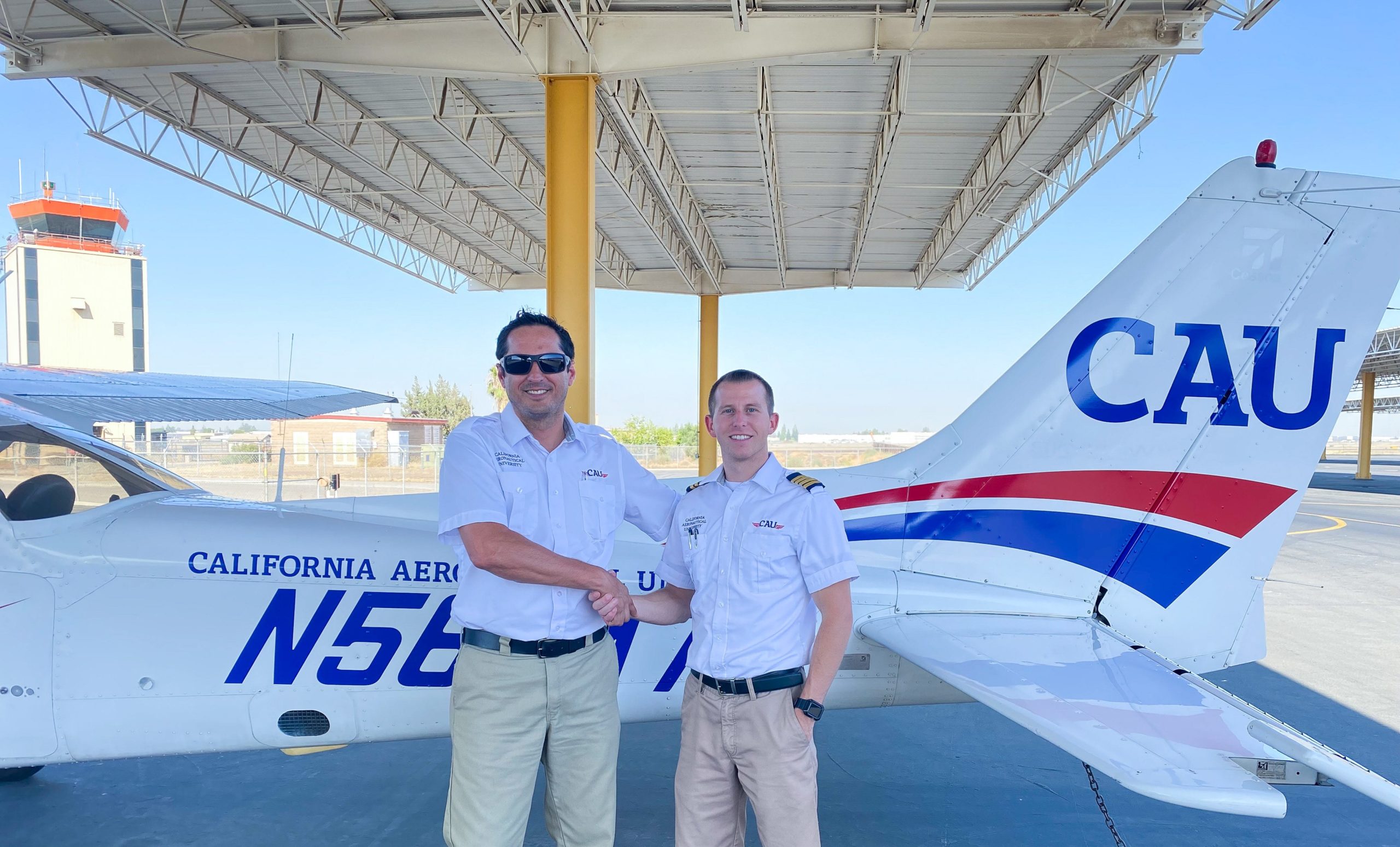
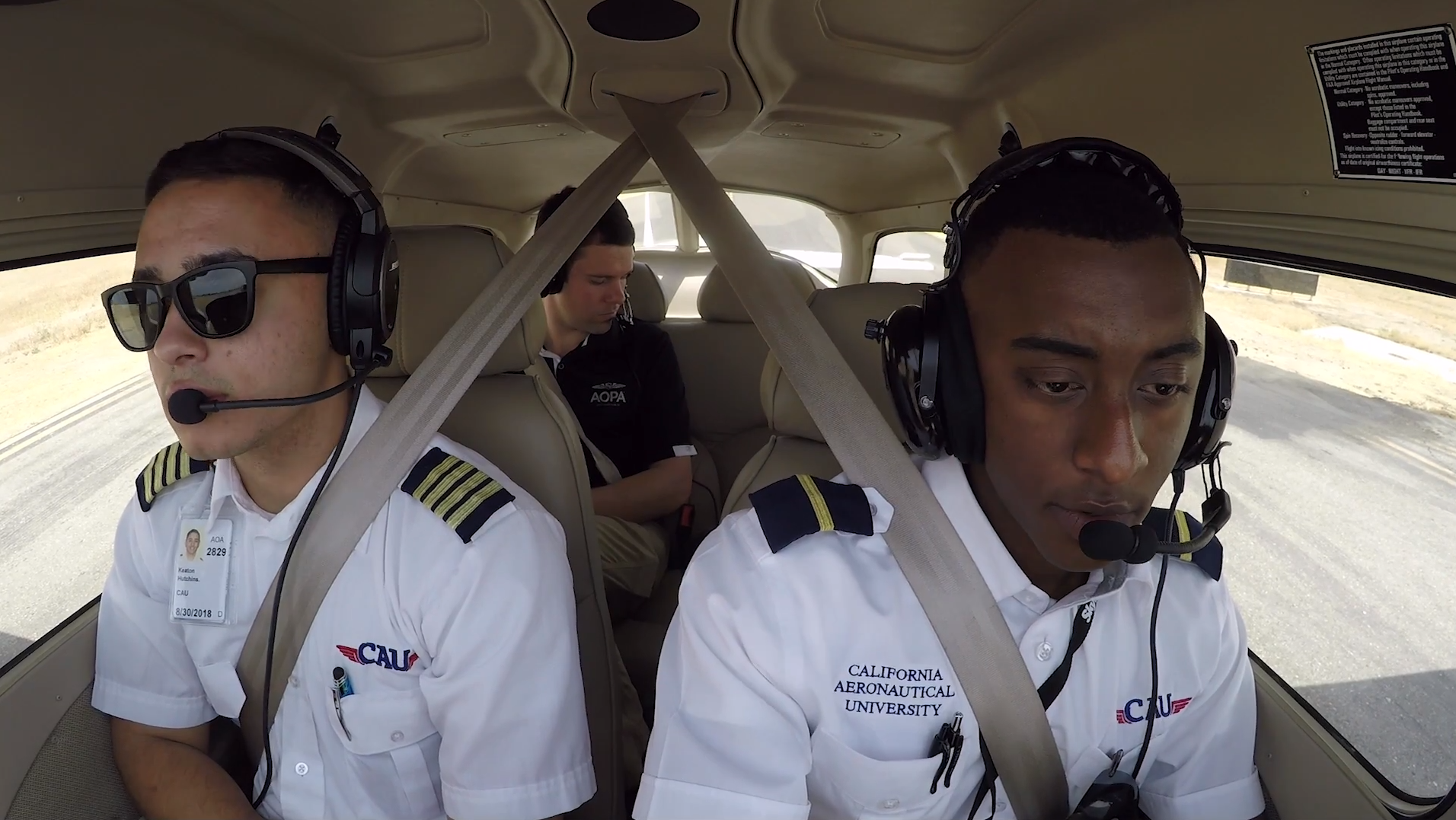
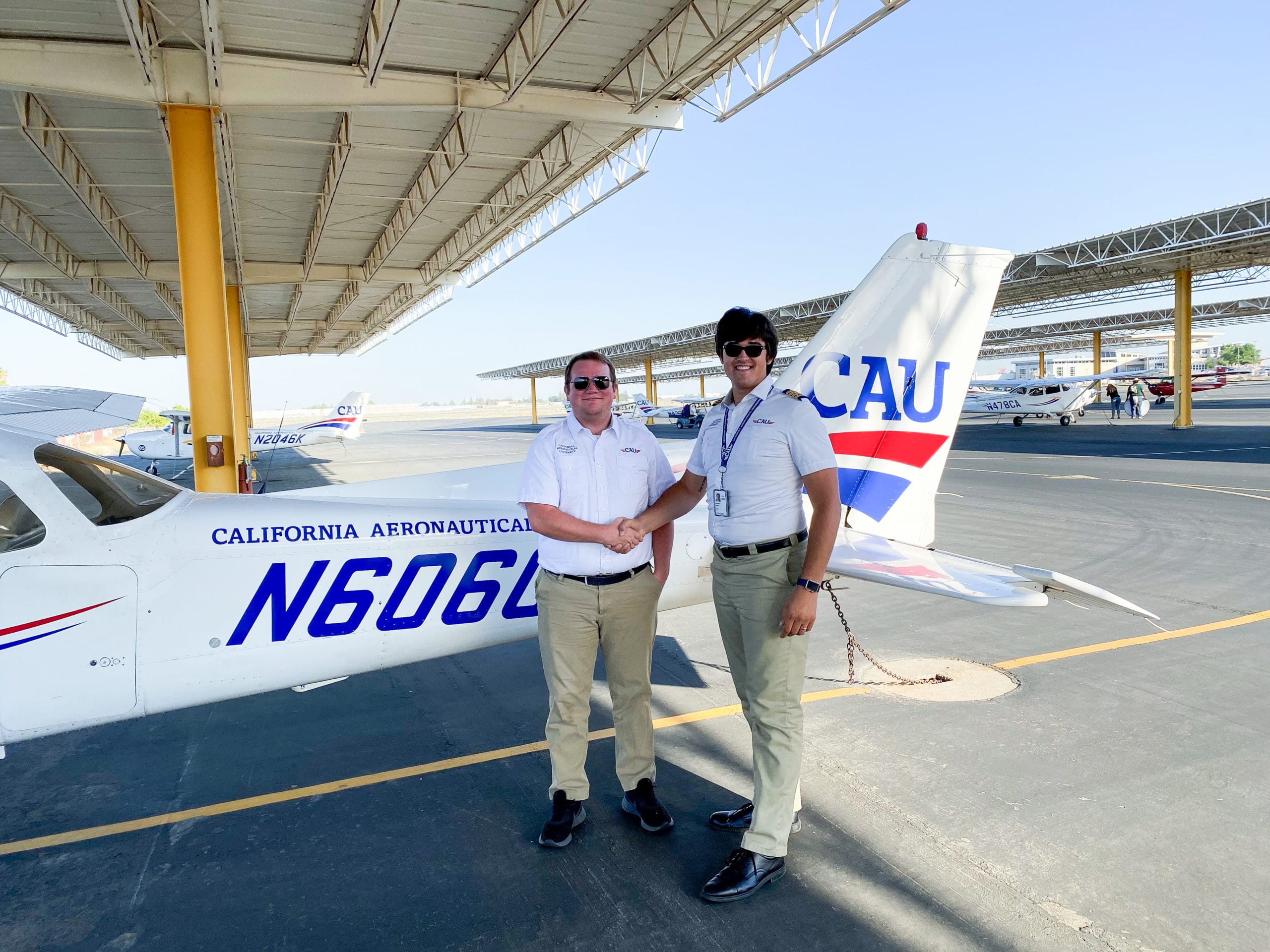
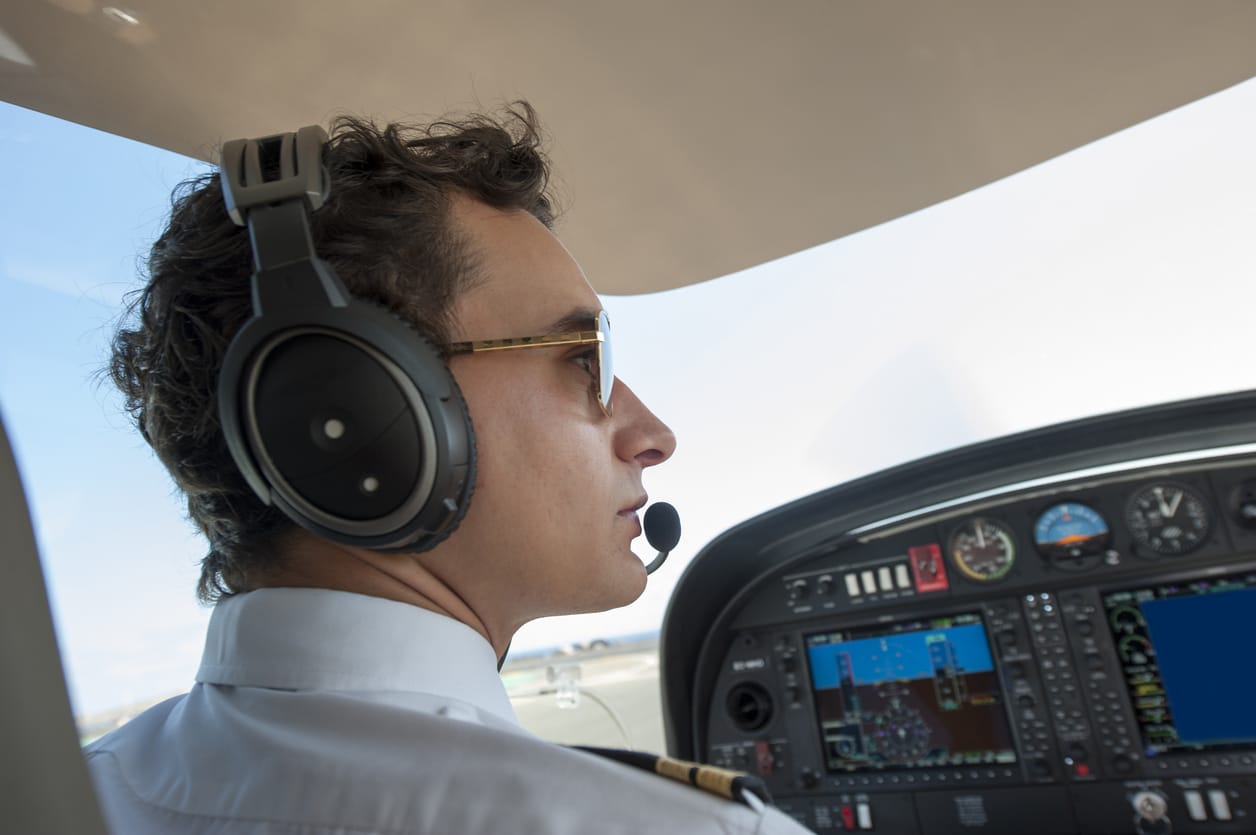
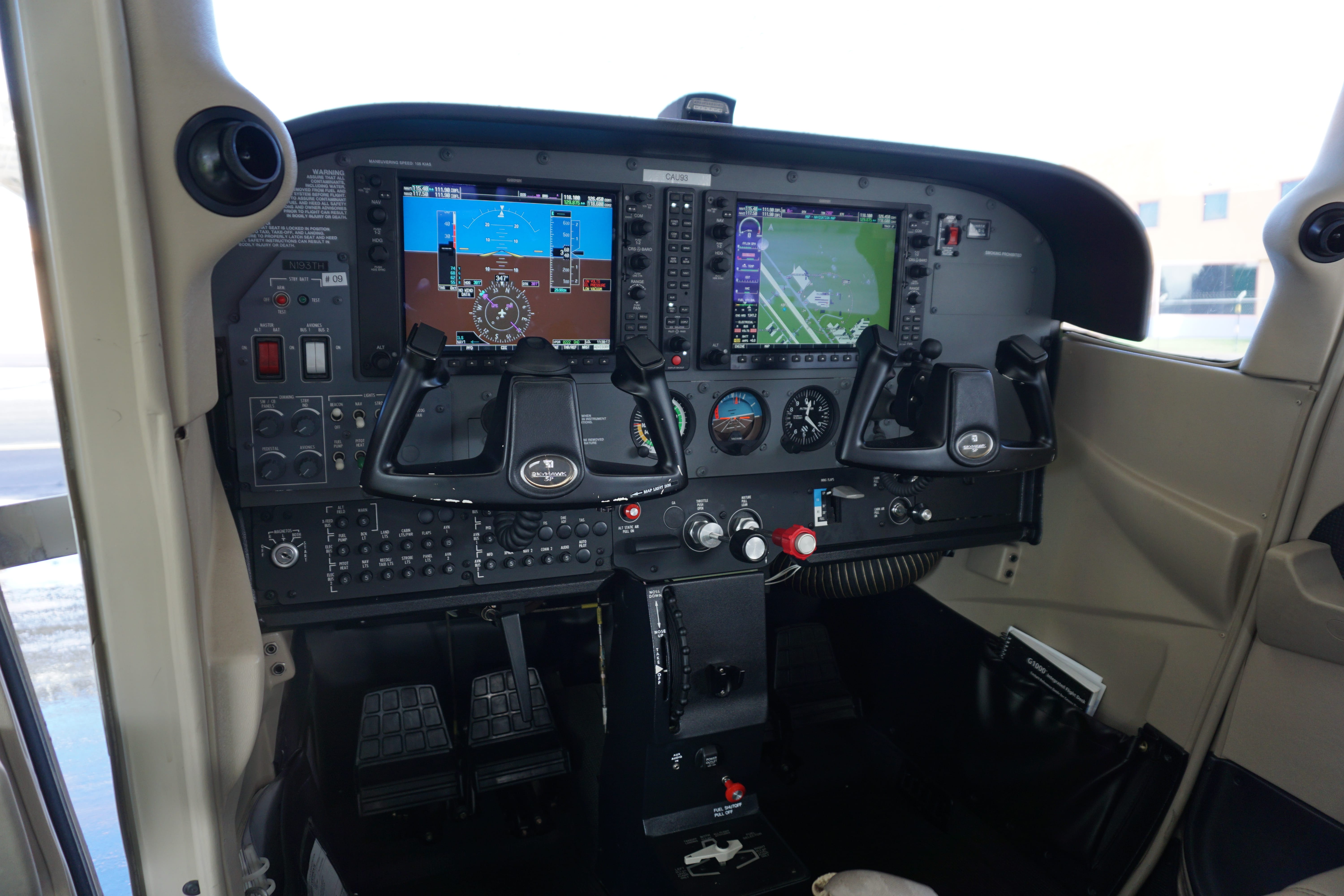
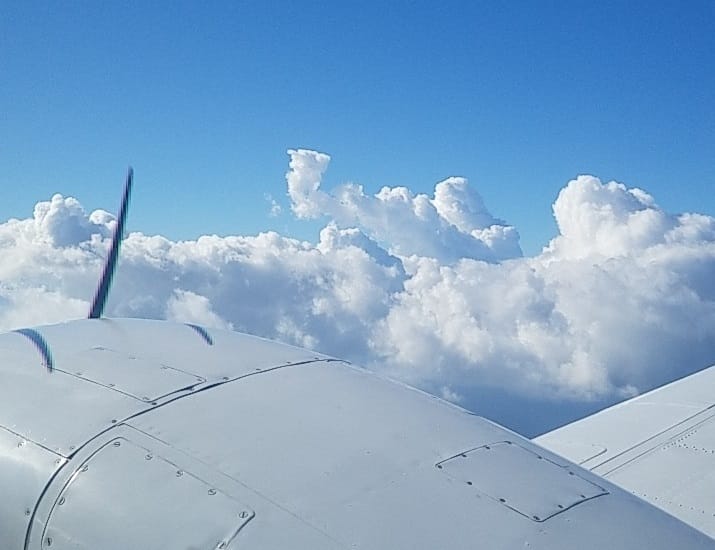
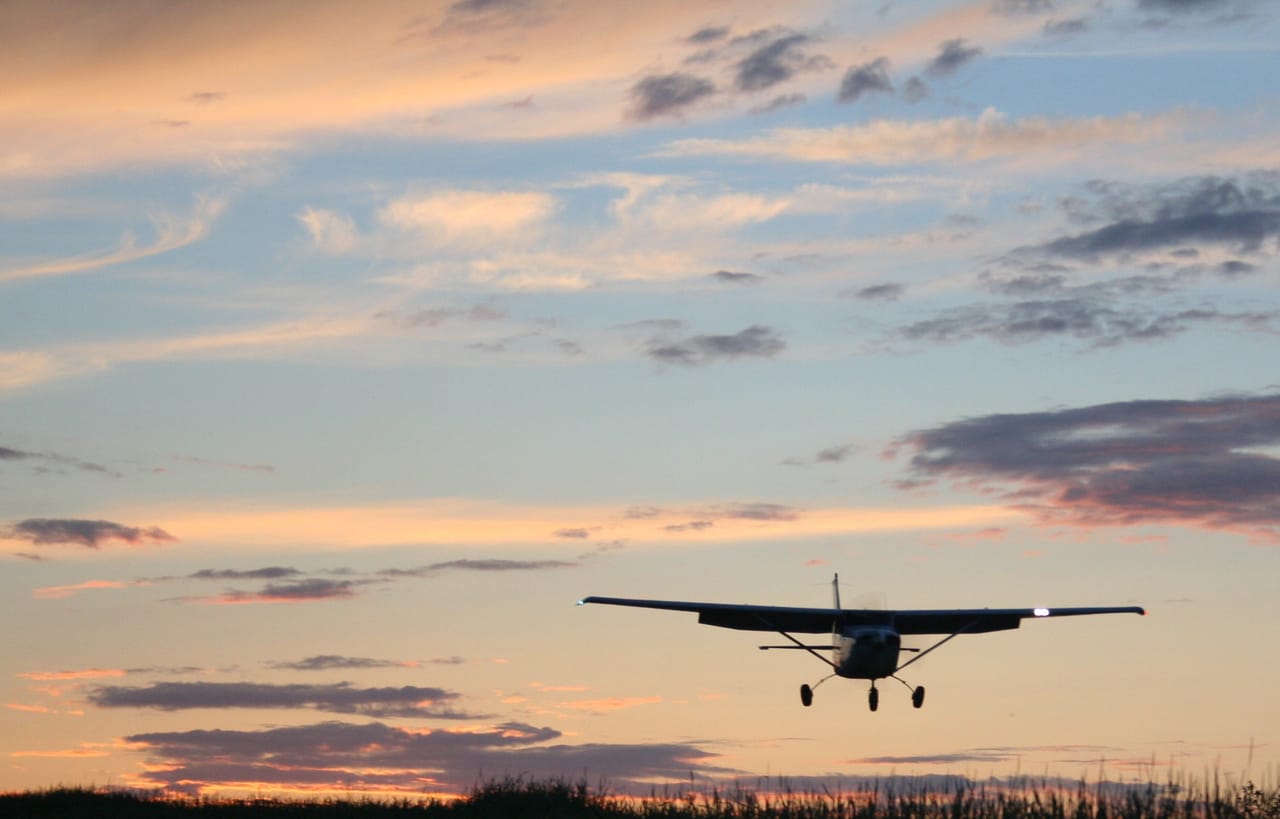
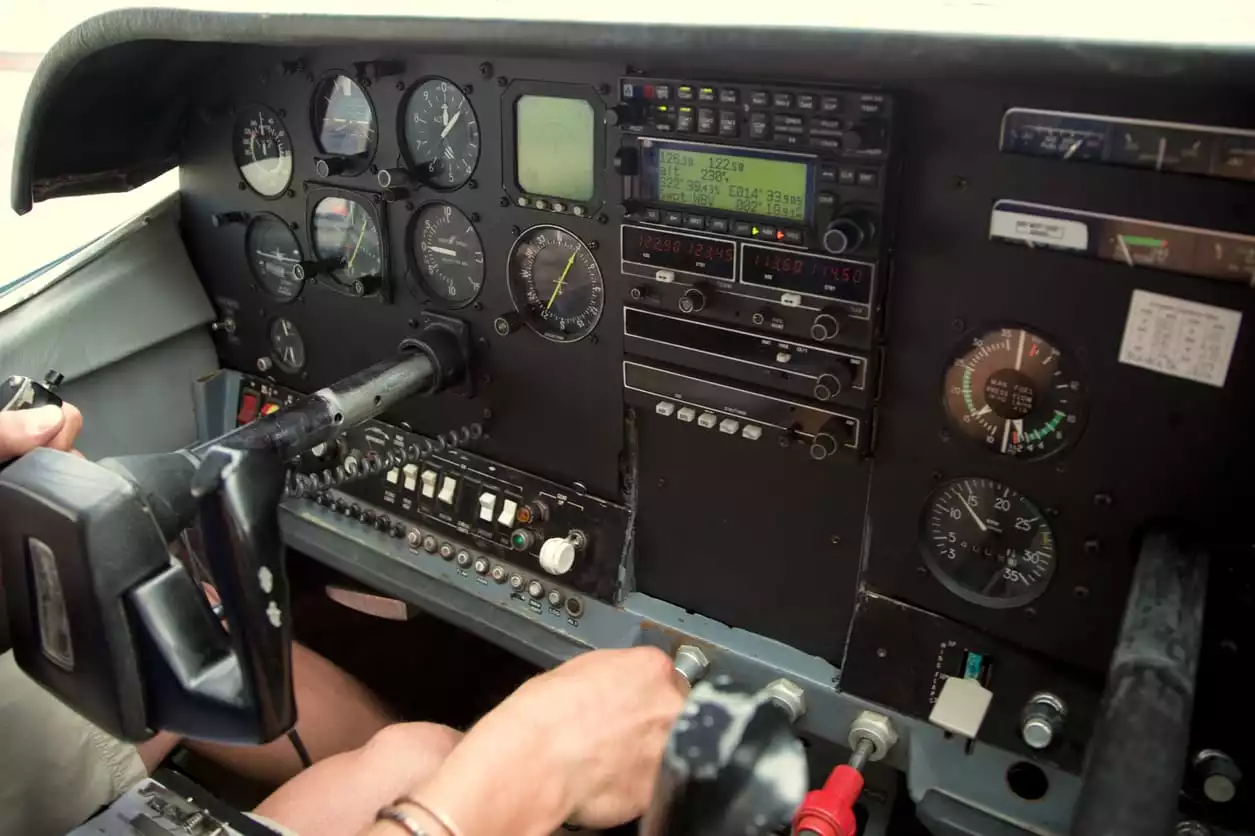
I enjoyed reading your article on flying a small single engine plane . And the passenger reactions to it’s noises and the dipping of the wings . Air disturbances are much more noticeable in a light single engine light aircraft . I like you explanation of your foot pedals also the part where you explain the lift off and touchdown of the Craft . You go into detail so Real on what goes on with pilot and passenger . You do a excellent job . You should be a Pilot yourself . …
I enjoyed reading your explanation of the workings of a small single engine plane . You have done very well . It’s been many years when I took lessons . I never got my pilots license . But every detail that you talked about came back in my head .
Most of my flying was done in high wing single engined Cessnas, 172, 182, 210 and 337. Though 2nd and 3rd row passengers don’t get the view of the right front seater…everybody in the back gets a window seat that is unobstructed by the wing…except in turns. I missed that when I transitioned into a multi-engined low wing Cessna 310. I think many of us allowed the one in the right seat have a few minutes behind the yoke just to see how easy it is gently to turn, climb and descend…flat footed. I even convinced my 7 year old son that he could steer the plane on the ground with the yoke if he made gentle turns. He couldn’t reach the rudder pedals anyhow. He only learned that I was messing with him when he started taking flying lessons at 16.